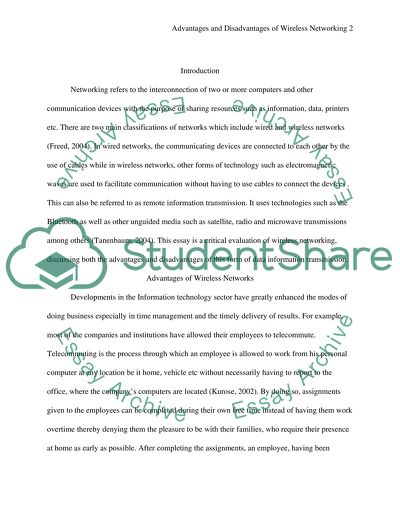Cite this document
(“Advantages and Disadvantages of Wireless Networking Essay”, n.d.)
Retrieved from https://studentshare.org/miscellaneous/1567808-advantages-and-disadvantages-of-wireless-networking
Retrieved from https://studentshare.org/miscellaneous/1567808-advantages-and-disadvantages-of-wireless-networking
(Advantages and Disadvantages of Wireless Networking Essay)
https://studentshare.org/miscellaneous/1567808-advantages-and-disadvantages-of-wireless-networking.
https://studentshare.org/miscellaneous/1567808-advantages-and-disadvantages-of-wireless-networking.
“Advantages and Disadvantages of Wireless Networking Essay”, n.d. https://studentshare.org/miscellaneous/1567808-advantages-and-disadvantages-of-wireless-networking.


